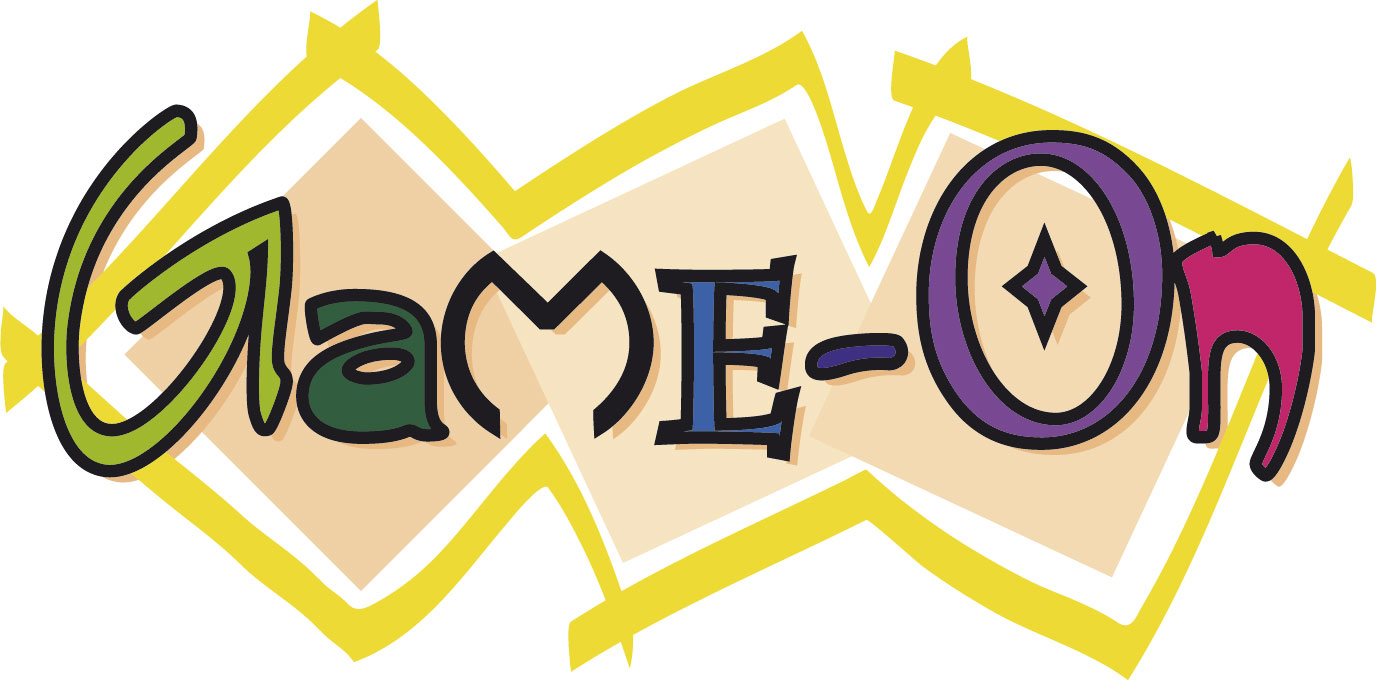Conference Keynote
Working at Thinking about Playing Or A year in the life of a Games AI
Programmer
S.
L. Tomlinson, Warthog plc.
As
an AI programmer working in the Games industry I have recently
been asked to advise on Games courses at a local University.
It was then that I started to realise that the non-games
industry AI practitioner may have a very different perspective to
one working on Games projects. This paper therefore looks at some
of the typical tasks a working AI programmer may be involved with.
What kind of technology do we use, and what to we not use, and why
? It is primarily directed at a student audience, although others
may also find it interesting.
The
first thing to understand is that an AI programmer in a typical UK
games company does not spend much of his/her time actually doing
AI. On a typical project an AI programmer will often also be
involved with core maths, collision physics, vehicle dynamics and
animation systems, as well as simply getting the AI objects to
think. This will be illustrated with a case study of the authors
personal experience on Mace Griffin: Bounty Hunter. The situation
is changing though. As the games’ buyer becomes more
technologically aware and demands more immersive experiences (and
therefore more complex games) programming teams are getting
larger, and individuals more specialised. But for the same reason
the way AI is dealt with is changing. Many projects now have a
significant number of ‘designers’ who are responsible for
building and balancing the game levels. Thus the AI programmer
must provide an increasing level of access to his system. The
boundary between what is in-game AI and what is scripted can vary
enormously across the industry and between game genres. A first
person shooter for example may be heavily story-lined and require
a large amount of scripting. In a formula 1 racing game the AI may
still be more autonomous, but needs to appear more realistic on
the track.
As
well as a general ‘day in the life’ component, this paper will
look at a number of more detailed cases to illustrate some of the
technical tricks of the trade. On earlier consoles a lot of
behaviour was dealt with using “smoke and mirrors”; it may
have looked clever but was actually very simple. This theme is
still relevant today however, since it allows us to fit more into
the still limited AI budget. This leads to questions: can we cut
corners on our path-finding for example? Often the problem is not
to find the best solution to a problem, but rather and adequate
solution that still looks good in the game. Writing the AI to
optimise execution performance is also an important tool in
maximising the players experience and so will be discussed,
including platform specific and non-platform specific code design
tips. There will also be a general look at how games are
structured and how this affects the AI programmer.
The
paper will conclude by discussing sources of material and advice,
with a brief look at one of the most important issues for any
programmer working in the Games Industry – how to secure an
endless supply of Pizza ! This will be followed by ample time for
questions and discussion.
|
